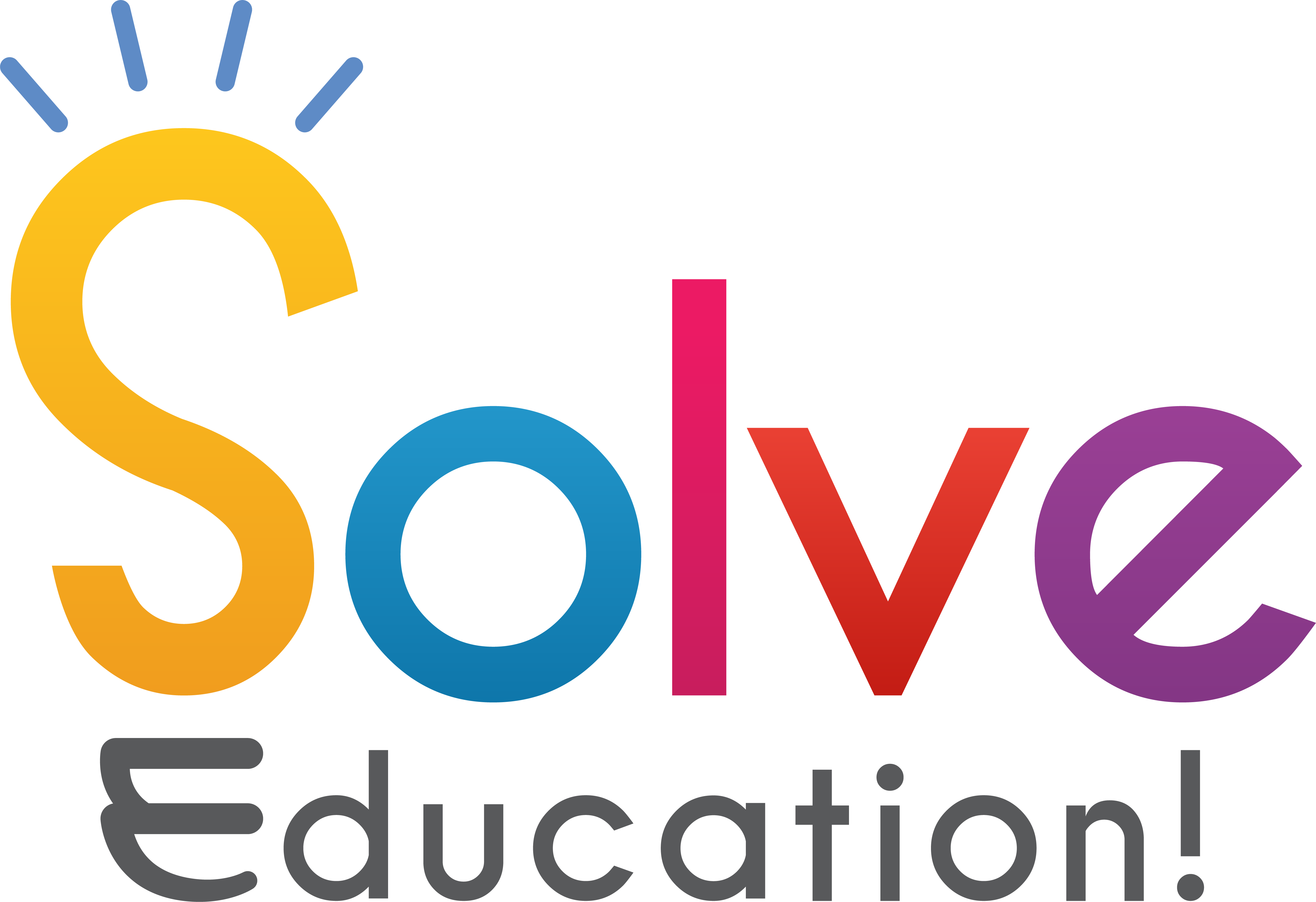Dina’s story isn’t just about academic success—it’s about breaking barriers, rewriting narratives, and opening doors for an entire generation of young women. Her journey strongly contributes to the narrative of girls empowerment, particularly in Nabire, Papua, where access to quality education is limited. Dina, a 12th grader at SMAN 2 Nabire, faced the systemic challenges that hold back countless girls across Indonesia. But with the right opportunities and support, she’s proving that education is the most powerful tool for girls empowerment and change.
Dina’s story isn’t just about academic success—it’s about breaking barriers, rewriting narratives, and opening doors for an entire generation of young women. In Nabire, Papua, where access to quality education is limited, Dina, a 12th grader at SMAN 2 Nabire, faced the systemic challenges that hold back countless girls across Indonesia. But with the right opportunities and support, she’s proving that education is the most powerful tool for change and empowerment.
The Challenge: Systemic Barriers to Girls’ Education
Dina lives in a remote town over 1,000 km from Jayapura and more than 3,500 km from Jakarta. Papua’s poverty rate is 21.8%, more than twice the national average, and in areas like hers, education is not a given—it’s a fight for girls empowerment. Girls in rural areas are 20% more likely to drop out before completing secondary education compared to those in urban areas. Poverty, cultural expectations, and lack of infrastructure create overwhelming obstacles.
The COVID-19 pandemic made things worse. School closures and economic hardships forced many girls out of education, and UNICEF reported a staggering 50% increase in child marriage rates in some regions. For many families, marrying off daughters became a survival strategy. But every girl taken out of school is another lost opportunity for progress in girls empowerment.
Research shows that investing in girls’ education has a ripple effect: a 1% increase in women’s education levels leads to a 0.3% boost in GDP growth. Educated mothers are more likely to educate their children, breaking the cycle of poverty. So, how do we ensure that girls like Dina not only stay in school but thrive and embody the essence of empowerment?
A Turning Point
Dina’s journey took a transformative turn when she discovered Solve My English and edbot.ai, platforms designed around our GAIN method—Gamification, AI Coach, Incentives, and Network—to empower learners even in remote areas, leading to real empowerment of girls like her.
- Gamification: Dina found the lessons fun and motivating, like playing a game where progress is rewarded, keeping her engaged.
- AI Coach: The platform’s intelligent feedback helped her practice English pronunciation and conversation skills anytime, tailored to her pace.
- Incentives: Seeing tangible rewards for her progress boosted Dina’s motivation, turning learning into a goal-driven experience.
- Network: Through peer learning communities and youth ambassadors, Dina connected with other girls facing similar challenges, sharing experiences and support in their empowerment journey.
Initially ranking 100th in English debate competitions, Dina improved to 70th in just 1.5 months. More than improving English, she gained confidence and purpose. She even proposed a research study measuring edbot.ai’s impact on English proficiency among her peers. Over 20 girls participated, comparing learners with and without the platform, aiming to prove that digital tools can break educational barriers in underserved areas.
Breaking Barriers, Building Futures
Dina’s story is one of resilience and possibility, but she is one among many girls across Indonesia facing similar challenges. By supporting innovative learning tools powered by the GAIN method, investing in education programs, and fostering youth-led learning networks for girls empowerment, we can change this reality.
At Solve Education!, no girl is denied the chance to learn, lead, and succeed. If you share this vision, let’s collaborate to expand access for girls like Dina. Because when we invest in their future, we invest in a better future for all and empower girls globally.
Read more about Girls Empowerment here.

